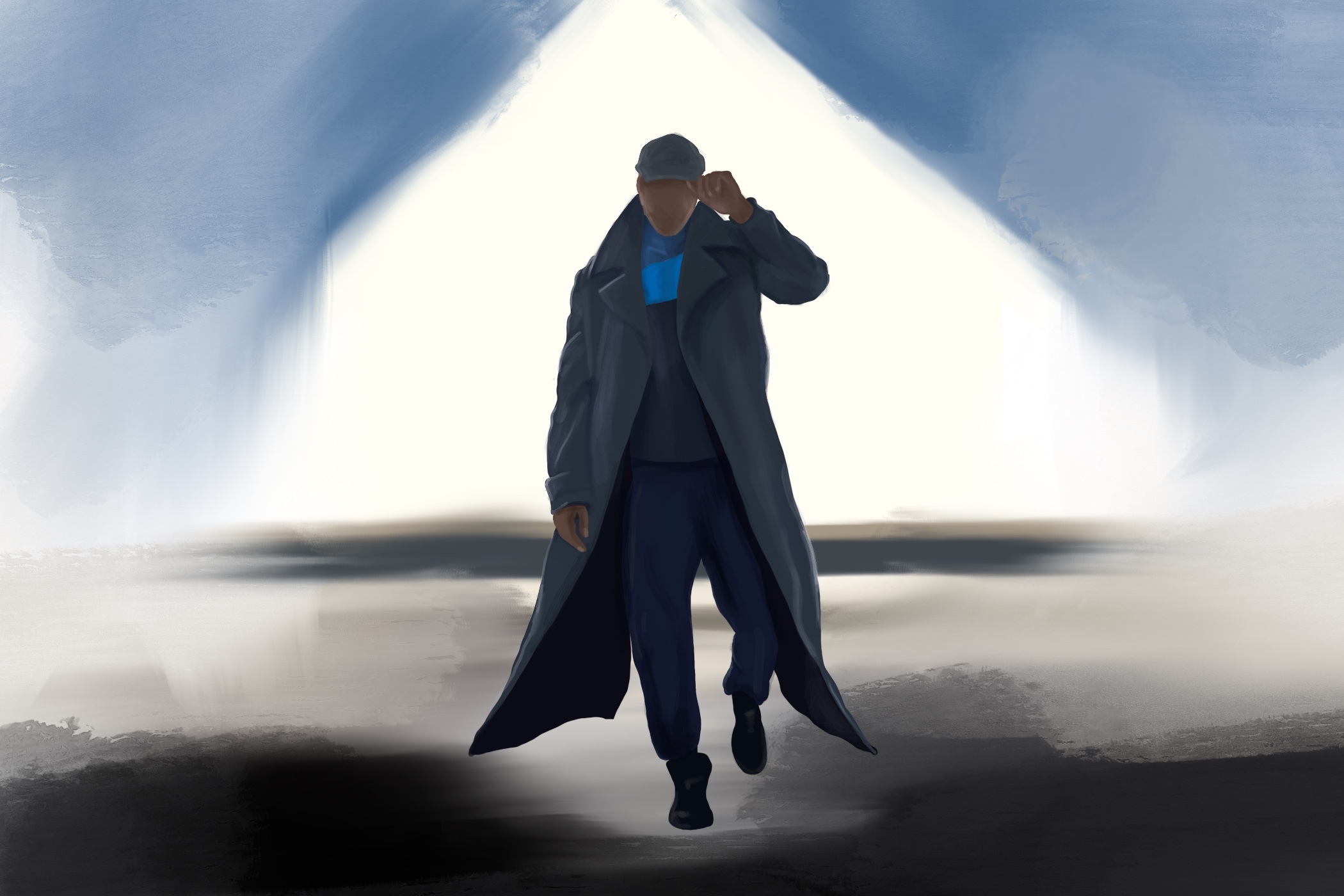Warning: The below article contains spoilers to Netflix’s show “Lupin.”
For the lovers of mystery, showmanship and intellectual puzzles, boy, do I have a new show for you. “Sherlock” meets “Ocean’s 8” in the hit Netflix show “Lupin.” It follows Assane Diop in his quest to avenge his father, who was framed for stealing a necklace from the wealthy and powerful Hubert Pellegrini. Inspired by the “Arséne Lupin” novels, Assane is a gentleman thief. Pitting the power of intellect against the power of wealth, the show is a compelling mystery comedy-drama.
The Initial Setting
Viewers first meet Assane as he signs into his janitor job at the Louvre and seemingly stares longingly at Marie Antoinette’s necklace display. He then meets with his ex-wife, Claire, who implores him to spend time with their son and shows surprise when he announces that he has a stable job. This begins the characterization of Assane as an absent father. It’s further proved when he pays his alimony late with a roll of cash and is threatened by loan sharks.
When he promises that he will earn back the borrowed money by stealing that multimillion-dollar royal necklace, I was ready to completely write off the show. A loser overcoming character faults and becoming a better person? Seen it too many times. A hilarious theft attempted by dumb criminals? Seen that too. Becoming suddenly rich but remaining morally and emotionally poor? Double-check that.
However, the first episode left me slack-jawed with surprise and delight. Far from hiding behind masks and shadows, Assane shows up on the red carpet and pretends to be a multimillionaire at the necklace’s auction.
Cutting an impressive figure with his navy suit, he outbids the others by millions of pounds. Suave and roguish, he makes his captive audience laugh and gasp. He dares a detective with his smile. He steals the necklace in plain sight, smoothly framing his problematic loan sharks. At this point, I was already clapping my hands at his genius. However, this was only the tip of the iceberg.
It’s later revealed that Assane planned all of this. He is not a man who needs a janitor job — or money from loan sharks for that matter. He is not living in a rundown apartment. Instead, he swivels in a fancy office chair while hacking into computer systems. His apartment is filled to the brim with high-end suits, hats and coats.
Assane Diop charms his way into becoming a janitor to understand the lay of the land. He purposely borrows money from the loan sharks to entice them into helping him steal the necklace. With all this jampacked into the very first episode, the audience sees this man as a brilliant, swashbuckling gentlemen thief.
The Ingenious Story Mechanics
Yet, for all of the show’s brilliance, the beauty of “Lupin” lies not in the plot, but in the way the plot unfolds. The show fools and impresses the viewers as much as Assane does with the other characters.
The creators of the show could have started by showcasing Assane as the smart and wealthy man that he is. Instead, like the loan sharks, viewers think Assane is a desperate, penniless man — making his actual life stand in stark contrast, giving the audience a wonderful shock. The show dazzles viewers as each layer of Assane is peeled back. “Lupin” reels you in with a comfortable stereotype before smashing it to smithereens.
The revelation of Assane’s complexity and genius is not limited to just the first episode. Instead of giving away his plans, the show offers various clues. For example, when he needs to escape prison, he steals the basketball net while playing with the other prisoners. He intentionally goads the dangerous men in prison. The audience is left to constantly guess what Assane’s next move will be and how might the seemingly strange and insignificant moves culminate into something larger.
Scattered about are puzzle pieces of who Assane truly is. The pictures of his son and ex-wife in his apartment reflect a loving father, which is juxtaposed by Claire’s memories of Assane’s absent-minded failures. His powerful and intimidating moments are complicated by slips of the tongue that reveal his insecurities. A grinning thief. A struggling father. A pining ex-lover. Who is Assane?
Additionally, “Lupin” continually layers flashbacks with each important moment, but the two are sewn together seamlessly, weaving the past into the present.
Various characters’ flashbacks are jumbled together, tying them to each other on a deeper level and in surprising ways. They leave the viewers with important questions. How does the past hold back or push forward the present? How do characters inadvertently shape each other?
They also left me screaming at the TV in frustration at the thickheadedness of some of the characters. Claire, just leave Assane! Please listen to Detective Youssef Guedira! How can Juliette Pellegrini be so blind? As the flashbacks build up into their own exciting plotline, a clearer picture of Assane and the other characters come into focus, and the viewers are drawn further and further in.
Representation and Race in “Lupin”
The representation in this show is wonderful. Several of the main characters are people of color. Youssef Guedira, the only detective to come close to figuring out Assane, is Middle Eastern. Assane Diop is a Black Senegalese immigrant. Race plays an important role in many scenes, but it isn’t an overwhelming presence either.
For example, Assane uses his race to his advantage for many schemes. He knows that white people would not take the effort to distinguish his features from other Black people. This is clearly illustrated when he breaks into prison by switching places with a Black inmate, and none of the white guards notice. At the same time, anytime a white person is close to poking holes in his story, he makes them aware of how much their suspicions can be fueled by racism, forcing them to comply with Assane in shame. With this tactic, he is able to kidnap the corrupt Detective Dumont.
With no fluff or filler moments, viewers hardly have time to breathe. You’ll feel like an adrenaline junkie while watching “Lupin,” speeding in a race car on a twisted mountain road, terrified of the next twist or turn, screaming in excitement, hoping the rush continues forever. When the season ended on a cliffhanger, I almost cried — please, go watch it.

















